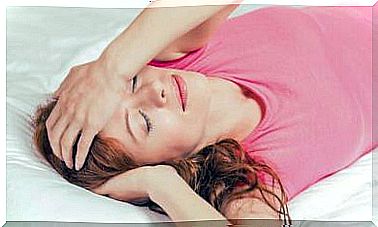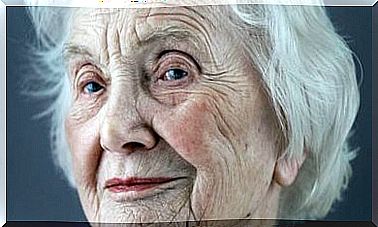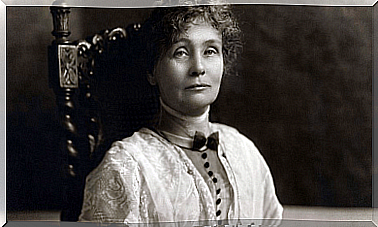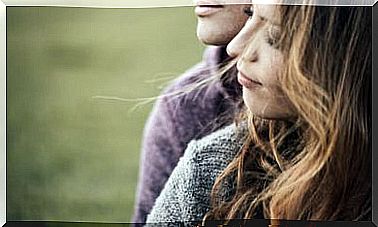Sensory Stimulation In People With Alzheimer’s
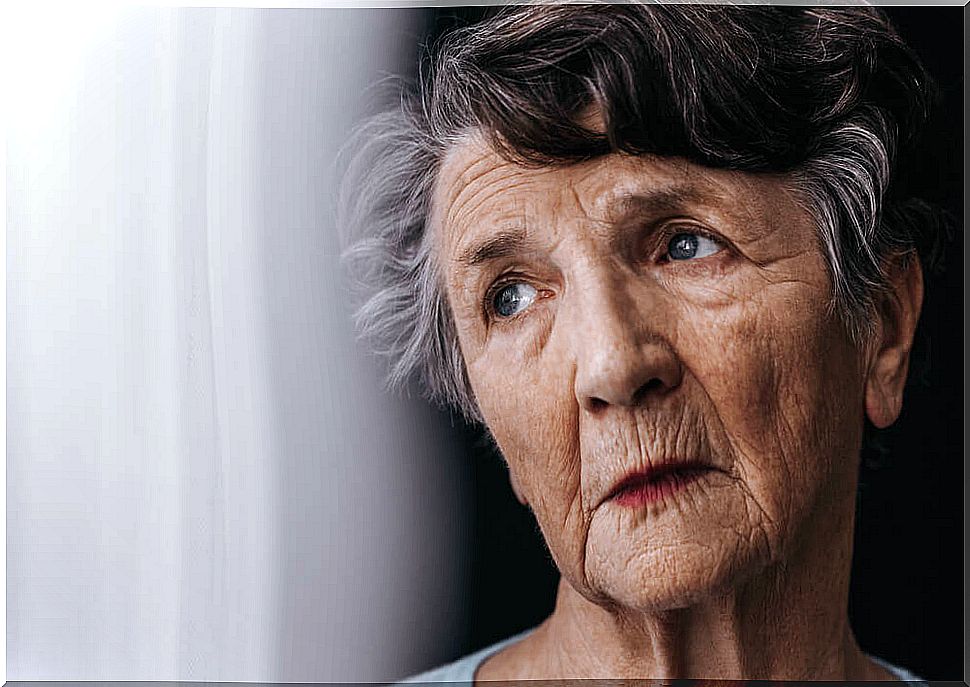
Alzheimer’s is a neurodegenerative disease that, unfortunately and as a consequence of the aging of the population, is increasingly present. A cure has not yet been found, but there are different interventions that can delay its progression or decrease the intensity of symptoms in people with Alzheimer’s disease. An example would be sensory stimulation.
This type of intervention focuses on the senses, on what reaches the person from the outside. Let’s think that a person with Alzheimer’s could see their cognitive capacity deteriorated; even on an emotional level, its ability to regulate emotions, but it will not lose its most primitive capacity: that of feeling. This is precisely what we want to take advantage of when we carry out a sensory simulation.
In this article, we will see what sensory stimulation in people with Alzheimer’s consists of, how it is done, and what its potential benefits are. Can you come with us?
Alzheimer’s disease, brief description
Alzheimer’s disease is a neurodegenerative disorder that affects different functions of the body. In this way, it manifests itself on the physical, cognitive, emotional and behavioral levels (executive functions).
One of the first indicators that turns on the alarm signal is memory leakage. Increased absent-mindedness or disorientation (either in time or space). The person needs more precise and spaced instructions to follow a plan, the initiative decreases and the range of vocabulary is also reduced, losing precision in communication.
In addition, Alzheimer’s disease makes it difficult to carry out daily life tasks that the person previously performed, because they are dominated and simple, with a minimum expenditure of resources. Also, it affects emotionally, since irritation or impotence due to lost ground can make the person very irascible.
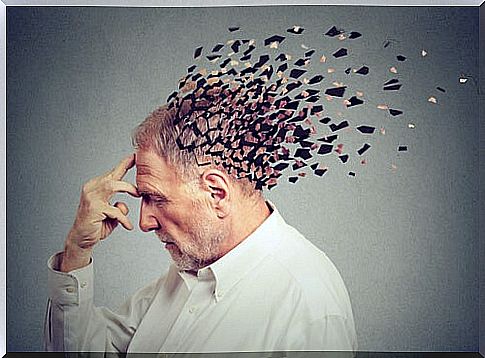
There are different theories about its origin. Some point to the formation of neurofibrillary tangles, that is, an abnormal conglomerate of proteins that are made up of small fibers that intertwine within neurons in people with Alzheimer’s disease. Tau protein is also involved in this process: the main component of tangles.
Sensory stimulation, what does it consist of?
When we speak of sensory stimulation we refer to a set of techniques and exercises that produce an activation of the senses through stimuli. So we are talking about a kind of awakening of the senses. The objective of this intervention is to favor the input of sensory information to the nervous system ; in this way we facilitate the person to develop a set of sensations and perceptions.
Through this stimulation, the person learns; which will serve as a seat and reinforcement for cognitive functions that are weakened, for understanding the world around them and for emotional expression.
Sensory stimulation in people with Alzheimer’s disease
Sensory stimulation in people with Alzheimer’s disease is a non-pharmacological type of intervention, which helps during the disease process. It consists of awakening the sensations and perceptions of the patients.
To achieve the goal of sensory stimulation in people with Alzheimer’s disease, the systems are stimulated:
- Visual.
- Auditory.
- Vestibular.
- Tactile.
- Olfactory.
- Gustatory.
Now, the intervention is carried out in multisensory rooms or Snoezelen. These rooms arose in the 70s in Holland thanks to Hulsegge and Ad Verheul. In addition, these spaces are aimed at three types of activity: relaxation, interactivity and discovery.
On the other hand, multisensory stimulation in Snoezelen rooms is based on the sensory integration model. Now this model was developed by Anne Jean Ayres, an American occupational therapist and neuroscientist. Within this framework, cognitive, sensory, motor and psychosocial components are worked on, which are stimulated in three rooms: clean room, black room and adventure room. In addition, depending on the activity, there are passive and active rooms.
- Passive. These are activities in which the person enters an environment that stimulates him through sensory effects.
- Active. It consists of activities in which the individual participates and learns. Thus, they are encouraged to become aware of the effects of their actions on the environment.
- White room. The white color is the one that prevails in these rooms. The objective is to provide a relaxed environment where the person is passively stimulated,
- Black or dark space. They are rooms where UV light and elements that shine are used mostly. Thus, people have powerful stimuli.
- Immersion in adventure. In this room there is not as much play with the lights as in the others. It has material that favors sensory, cognitive and motor development. Materials with different textures, colors, and smells are presented.
These activities are carried out by professionals from different health professions. Thus, they intervene: doctors, clinical psychologists, neuropsychologists, nurses, and occupational therapists, among others.
Likewise, the idea is to intervene in people with Alzheimer’s disease in different stages, but it is more favorable to do so in the initial and intermediate stages of this disease.
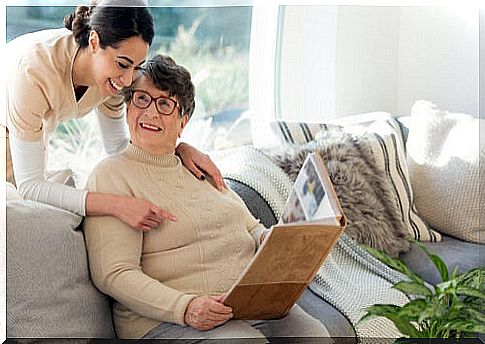
Sensory stimulation: a valuable resource against Alzheimer’s
We have already explained what sensory stimulation consists of in people with Alzheimer’s. But what are its benefits? Let’s see:
- Opportunity for movement and activity.
- Emotional expression
- It favors the perception of sensations.
- Learning acquisition.
- Promotes interaction with the environment.
- Awareness of sensations and perceptions.
- Facilitates communication.
- Provides a feeling of well-being.
- Increase attention and concentration time.
- Decrease apathy, aggressiveness, and disruptive behaviors.
Certainly, this type of work must be done in a rigorous way, and requires self-organization, adaptation to the environment, creativity and the motivated participation of those involved. Thus, Monsalve Robayo and Rozo Reyes suggest it, in their article for the Colombian Journal of Psychiatry.
So, there are techniques that provide wellness in people with Alzheimer’s disease. Sensory stimulation is one of them. Through this unique intervention, steps are added so that people with this disease have a better quality of life. Thus, relief is also generated for caregivers.
